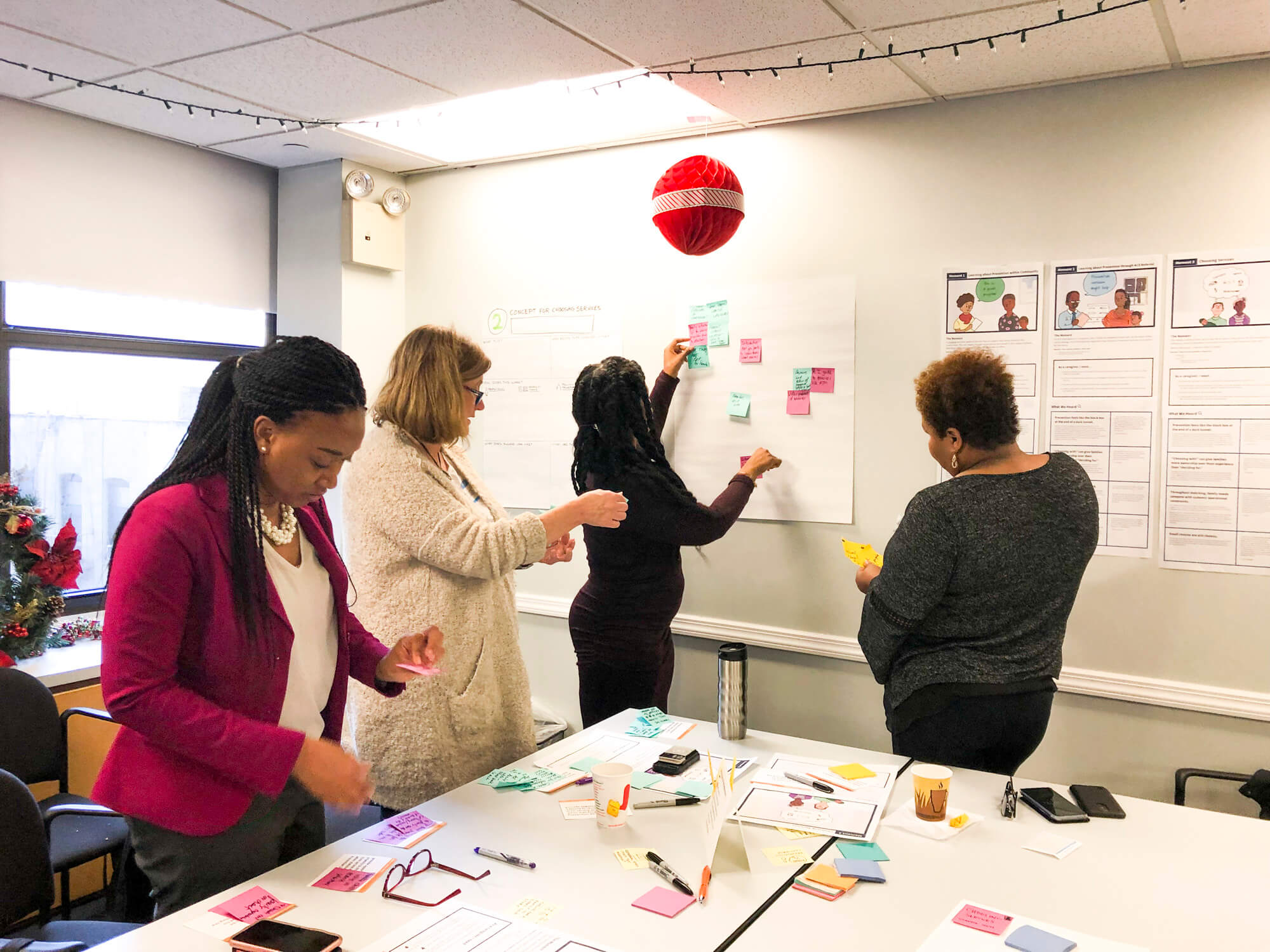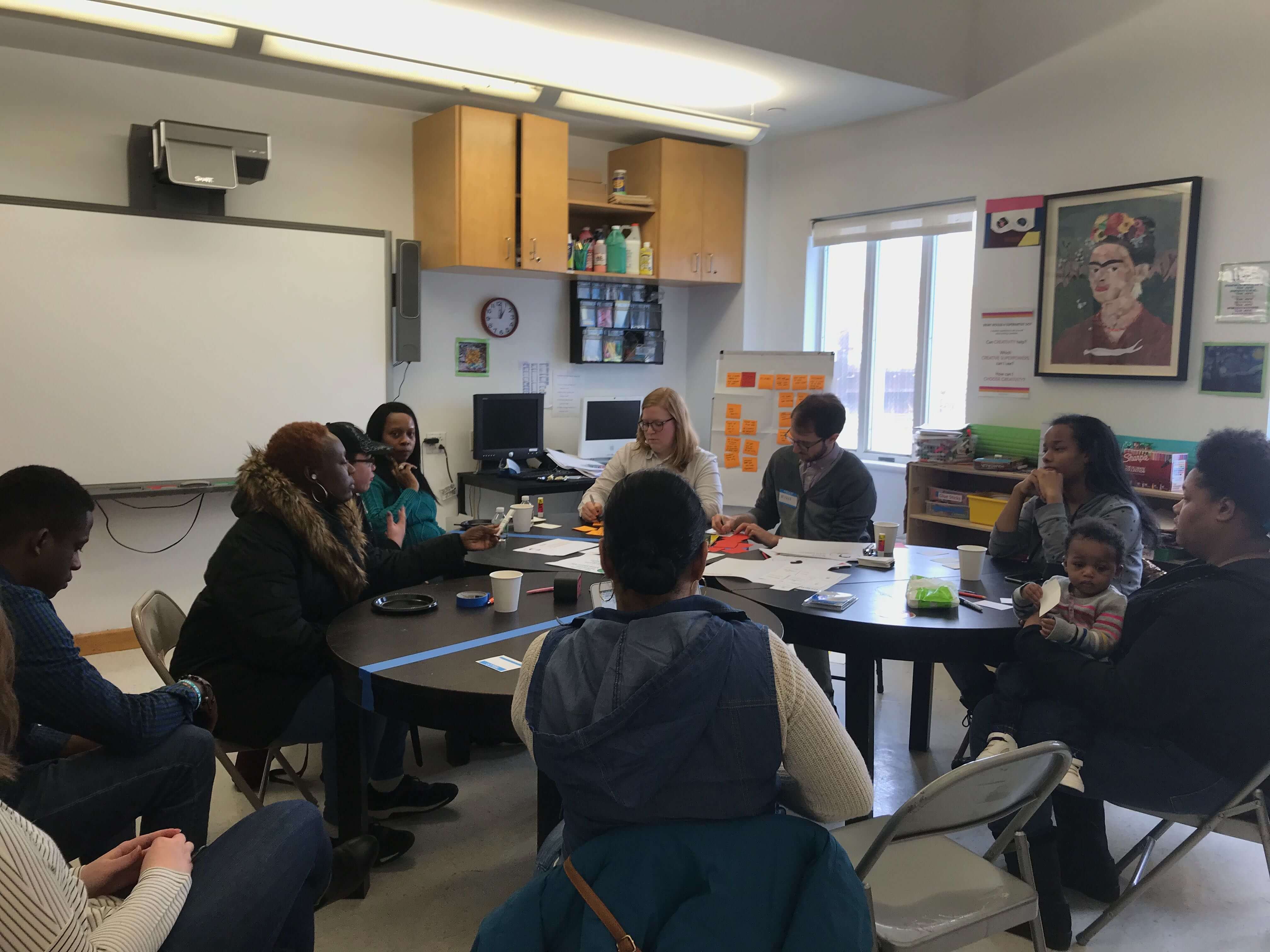Key Outcomes
Change in government isn't linear. Here's how this project will inspire progress.

Building a collaborative, family-centered culture
This project showed a process for engaging with staff and residents in ways that reduce power dynamics, connect people who normally don't interact and create ideas that can be acted on. We engaged 80+ parents and over 100 staff throught this project, showing an alternative process to decisions being made from top-down.

Empowering design champions (like Daniel)
Through our partnership, our team grew in their ability and confidence to do design work. Before our project even ended, we saw our methods being applied to other projects at ACS. For example, ACS is implementing a family survey to get feedback on programs. Daniel, one of our teammates pictured above, used our design methods to collect and act on family and staff feedback to the survey.
See our teammate Daniel's design champion post

Bringing plain language to a complex service
When we started this project, family support services were confusing to both staff and families. By using language directly from parents, we were able to create explanations for services that explain what services will mean to a family's day to day life. Our library of plain language explanations and visuals can be used in materials, trainings and workflows across the system.







